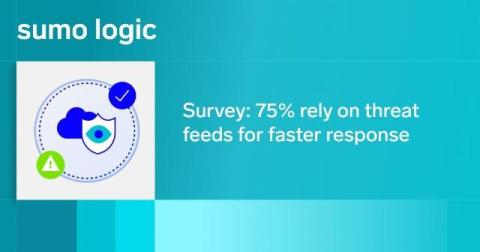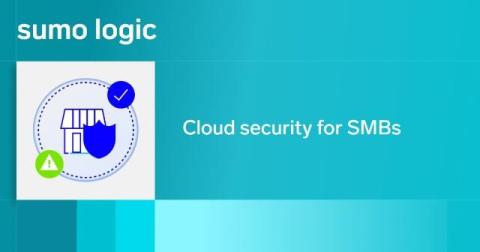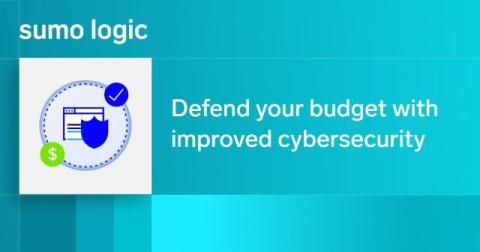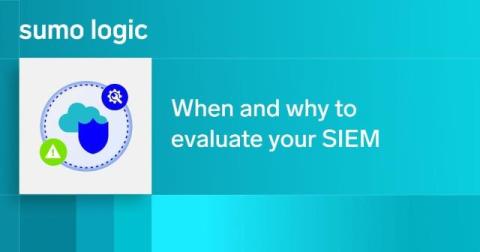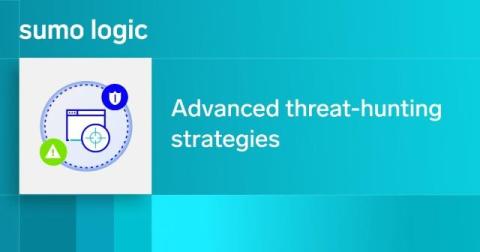Threat intelligence feeds: essential arsenal in cybersecurity
Cyber threats are relentless, sophisticated, and growing. To stay ahead, you can no longer treat threat intelligence as an optional tool—it’s the backbone of a proactive, defense-ready strategy. Threat intelligence feeds bring crucial insights to security teams, from high-level trends to detailed indicators of compromise (IoCs). But no single feed can capture every potential threat. Threat landscapes evolve rapidly and adversaries employ diverse techniques and targets.


